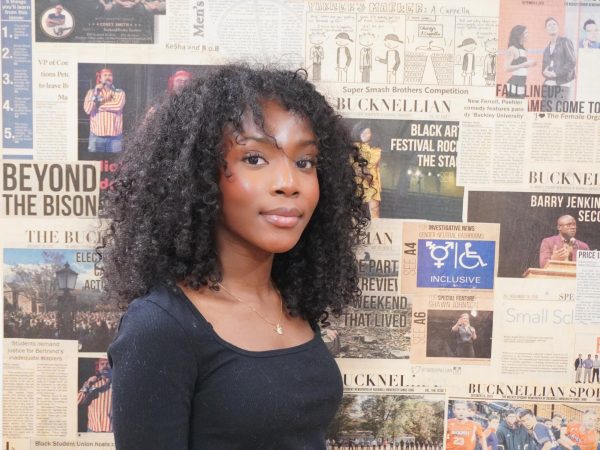Happy Banned Books Week! That’s right folks, our intellectual freedoms are still in danger!
Founded in 1982 by library activist Judith Krug, Banned Books Week was a response to the increasing efforts during that time to challenge books that were deemed too violent, sexual or just too real. As per usual, history repeats itself and in the past few years, conversations of book banning have resurfaced. Books that I read in middle school and high school now decorate the ever-growing list. “The Kite Runner,” “1984,” “The Poet X” and “Dear Martin” were all books that taught me to not only appreciate the complexities of identity but to understand and question the institutions that are at work around me.
As the conversations surrounding book banning continue, I have begun to question the kind of authority that would deprive individuals of the ability to expand their intellectual curiosity.
This isn’t about books anymore, it’s about the importance of being able to engage with literature and media. Throughout history, they have been used as tools of exclusion, with gatekeeping practices restricting access to certain voices and ideas. It becomes even more apparent when you take a look at the particulars of the banned book list. These practices are deeply intertwined with anti-intellectualism, an attitude that dismisses complex ideas and critical thinking. It seeks to control and limit the scope of intellectual discourse by not only keeping marginalized voices in the margins but discrediting them altogether. This suppression perpetuates a cycle where certain viewpoints are validated and others dismissed.
Let’s be clear, a bad book is a bad book.
What is NOT a bad book is a book that addresses themes and perspectives of Black experience, told through the eyes of a young girl who yearns for the blue eyes that society has declared the standard, all while grappling with abuse in a place that should be a home.
What is NOT a bad book is a book that addresses the delicate topics of mental health, presented through the teenage experience of a boy feeling immense guilt as he tries to understand his sexuality, trauma and depression.
Toni Morrison’s “The Bluest Eye” and Stephen Chbosky’s “The Perks of Being a Wallflower” were both on the list of Top 10 Challenged Books of 2023.
Should age restrictions be placed on books? Absolutely! Should parents have a say in what their underage children are exposed to? 100 percent! But banning books could do irreparable damage to kids, teens and even adults who are struggling to find their place in the world. When readers see themselves in stories, there is a comfort and affirmation that their feelings and experiences are valid and shared by others. When creative works are suppressed, we lose crucial opportunities for dialogue, connection and reflection on our own self-acceptance. It is imperative that we cultivate a culture where critical thinking is valued and diverse voices and experiences are embraced, rather than left on the shelf of shame.
So how can you help?
- Read! Buy and promote books that are under the threat of being banned. Support authors who write about marginalized and diverse experiences
- Get Involved! Volunteer with organizations that defend intellectual freedom like Banned Books Week, the American Library Association or the National Coalition Against Censorship. Share information about the importance of intellectual freedom and the impact of book banning on social media, community meetings and local library boards.
- For Educators: Encourage diverse reading lists that include books representing different cultures, identities and experiences. Foster a classroom environment where students feel safe discussing diverse perspectives and challenging topics. Teach students how to engage in respectful, constructive conversations about sensitive and controversial issues.
- For Everyone: Vote!
In the words of Charlie Kelmeckis, “Let everyone see it—the one moment when they know they’re not a sad story. That they are alive. That they can stand up and see the lights on the buildings and everything that makes them wonder. When they read a book and see themselves in the characters, they realize in that moment, they can be infinite.”




















